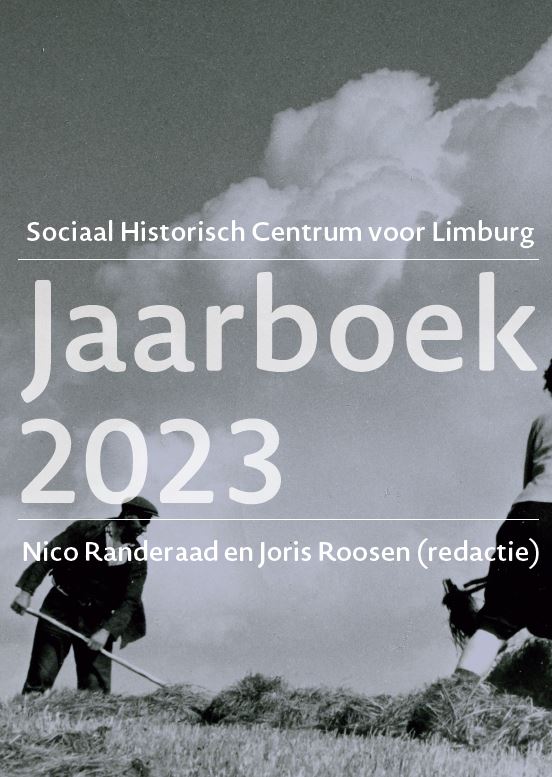De constructie van een 'no-mine's land'?
DOI:
https://doi.org/10.58484/ssegl.v68i18460Trefwoorden:
twintigste eeuw, mijngeschiedenis, landschapsgeschiedenis, Limburg (Nederland), mijnstreekSamenvatting
After the announcement of the Dutch mine closure in 1965, a spatial reconversion on unforeseen scale began. This reconversion is known under the contemporary slogan ‘van zwart naar groen’ (from black to green). As a result of the choices made at the time, the Dutch Mijnstreek now seems a kind of ‘no-mine’s land’. Using publications by planning authorities, this article analyses the ideas behind the slogan ‘from black to green’ and why it was thought this transition was necessary. After a general introduction, the article focuses on the case of the Willem-terrain of the Domaniale Mijn. It also discusses how the ideas of ‘from black to green’ fitted in broader contemporary debates on nature, environment and heritage, and makes a comparison between the Dutch reconversion and the Belgium one, which had a very different result.
Downloads
Downloads
Gepubliceerd
Nummer
Sectie
Licentie
Copyright (c) 2023 Afra de Mars

Dit werk wordt verdeeld onder een Naamsvermelding-NietCommercieel 4.0 Internationaal licentie.


